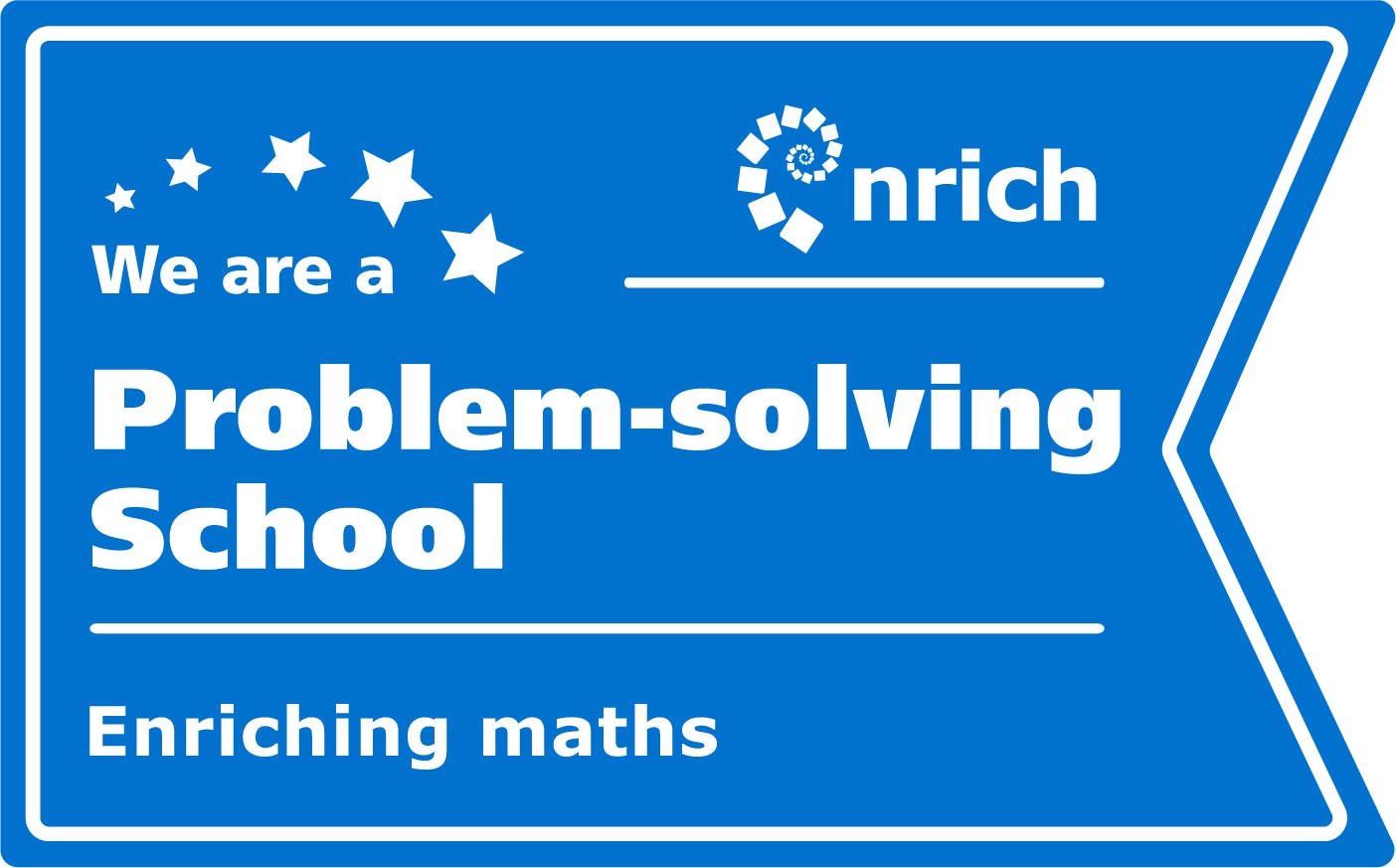Geography
Overview
At Lodge Primary school, our Geography teaching aims to help children to make sense of the world around them by finding out about the physical and natural world. We aim to encourage children to use their curiosity to explore places, people and the environment.
Intent
‘You can travel the seas, poles and deserts and see nothing. To really understand the world, you need to get under the skin of the people and places.’ Michael Palin
Our teaching of geography fosters and promotes global citizenship and a knowledge of cultures. Through the study of local, regional and global issues, children learn to use, draw and interpret maps. They develop a love for our planet and adopt ways in preserving it.
Our intent is that all children develop:
- Their knowledge of the local area and compare this with other regions in the United Kingdom and in the rest of the world.
- How to draw and interpret maps.
- Their knowledge and understanding of human geography and gain an appreciation of life in other cultures.
An understanding of the physical world which enables them to recognise the importance of sustainable development for the future and mankind.
Implementation
|
Knowledge Walls |
Geography Knowledge Walls throughout school focus on key knowledge, vocabulary and questions and exemplify the terminology used throughout the teaching of geography, BV and SMSC, and enable pupils to make links across the wider curriculum. |
|
Subject specific vocabulary |
Identified through knowledge organisers and knowledge wall and highlighted to the children at the beginning of lessons and revisited through class assemblies and knowledge quizzes. |
|
Big picture and daily review |
New geography learning is put into the context of the big picture of geography learning throughout school, and a daily review of immediate previous learning in the subject. |
|
Provision in EYFS |
Children are given a secure grounding in the Prime Areas of learning, ensuring they have a good foundation on which to build through the specific areas, including understanding the World. This includes learning about people and communities and the world around us. |
|
Books |
Children will have constant access to a wide variety of subject specific fiction and non-fiction books, available in geography lessons, other lessons and in the class book area. |
|
Use of resources/ fieldwork |
Fieldwork is integral to good geography teaching and we include as many opportunities as we can to involve pupils in practical geographical research and enquiry. |
|
Assessment |
Class teachers assess children’s understanding in geography through hot and cold tasks and this is then recorded on an Assessment Tracker. This data is then analysed to improve the children’s learning in geography and used to address common misconceptions. |
|
Approaches to teaching |
A wide variety of teaching approaches are used in geography lessons to ensure children make good progress, and all learning styles are catered for. Class teachers ensure there is a good balance of whole class, group work, including and individual learning in geography lessons. |
Impact
At the beginning of a unit of study, a ‘cold task’ activity is used with each pupil to assess their geographical knowledge and understanding. This activity is assessed against indicators, which outline whether the pupil is working below, working towards, working at or above the expected standard for the year group he/she is in. Digital copies of exemplar work assessed and moderated by leaders at these different standards are accessible for all members of staff should they need to refer to these. This assessment allows teachers to adjust their teaching according to the learners’ ability and breadth of knowledge/understanding. The same activity (now named the ‘hot’ task) is then used at the end of the unit of study to outline the pupil progress made within the unit and to set next step goals where necessary. Progress data from the ‘cold’ to the ‘hot’ task across school is collated by the subject leader and assessed accordingly.
At Lodge we have an enquiry-based curriculum. Each topic has a ‘big’ line of enquiry, which the children refer to throughout the topic. This ‘big’ line of enquiry is assessed at the start of the unit, mid-way through and at the end of the unit of study. Different coloured post-it notes – pink, yellow and green - are used at these different assessment points (start, mid-way and end) to clearly evidence how the children’s learning and understanding of the topic they are studying has progressed over time. ‘Smaller’ lines of enquiries (linked to the National Curriculum 2014, Bloom’s Taxonomy) have been planned into most geography lesson to support the children in answering the ‘big’ line of enquiry. These ‘small’ enquiries are used as an assessment tool for teachers to guide the children’s learning, close misconceptions and adapt planning where necessary.
Pupils’ work is also assessed by making informal judgements as teachers observe the pupils during lessons. Once the pupils complete a piece of work, teachers mark and comment as necessary, in line with the school marking policy. If there are gaps in pupils’ learning, the teacher will set gap tasks to address these issues swiftly. Throughout the topics taught, the teacher will assess the pupils’ progress towards the skills identified, taught and practised within the lesson. This will feed into the teacher’s judgement regarding the National Curriculum programme of study each child is working at within geography.
The subject leader and curriculum leader assess geography in a variety of ways. Data, book trawls, analysis of learning journeys and informal learning walks are used to gain an insight of geography teaching across school. In addition to this, the subject leader conducts informal pupil conference meetings alongside the child’s learning journey to ensure that learning has been achieved sufficiently and can be recalled when prompted.

